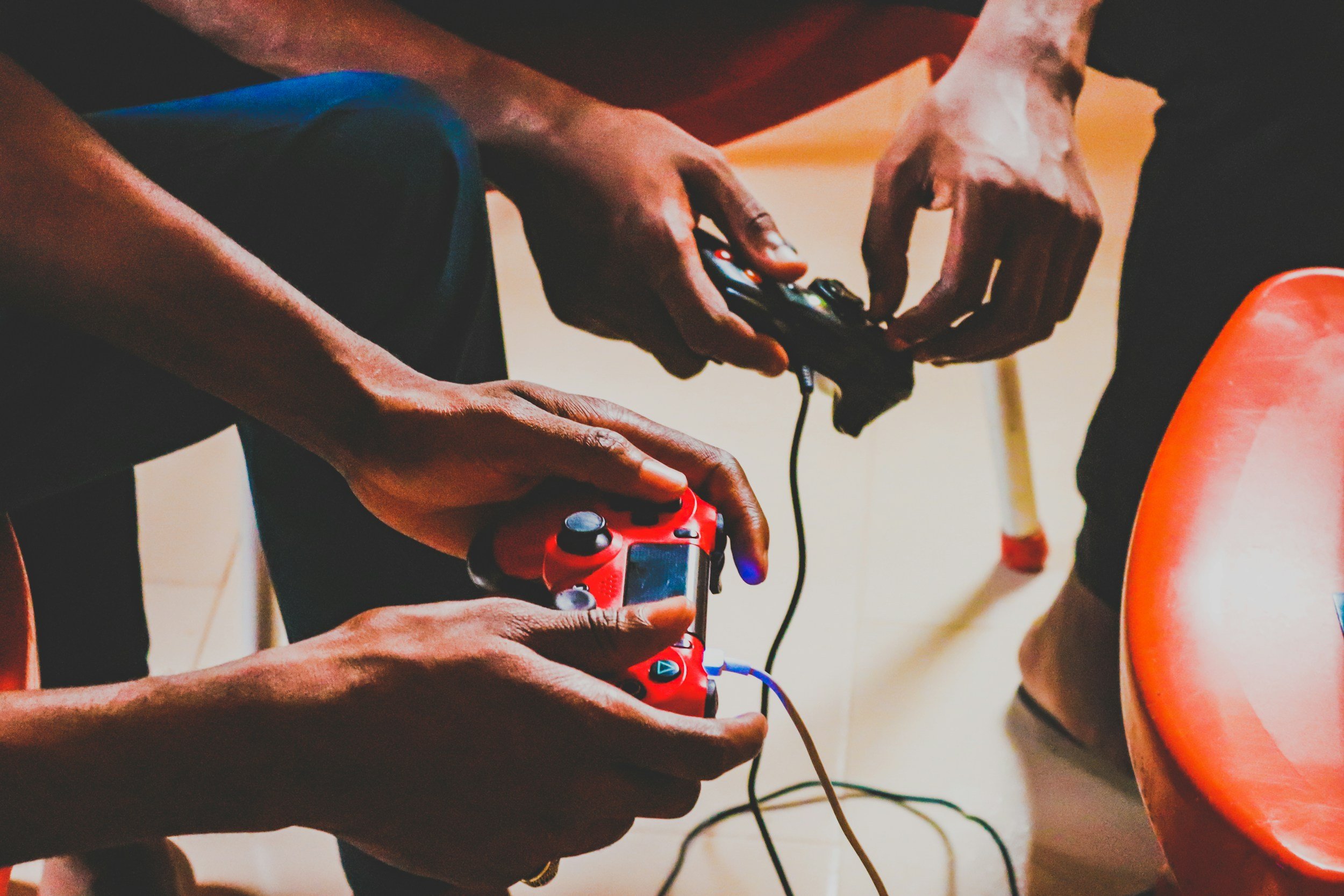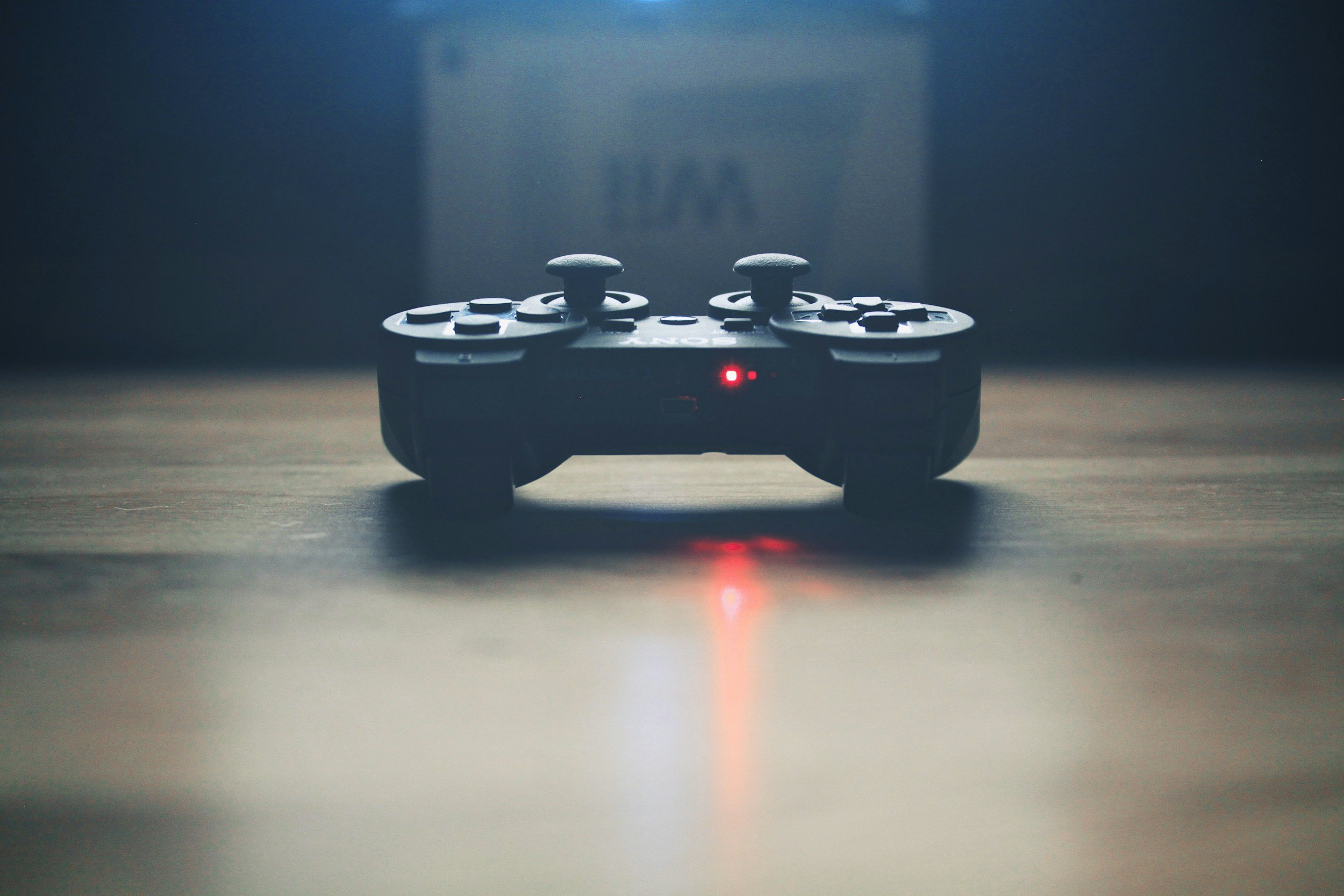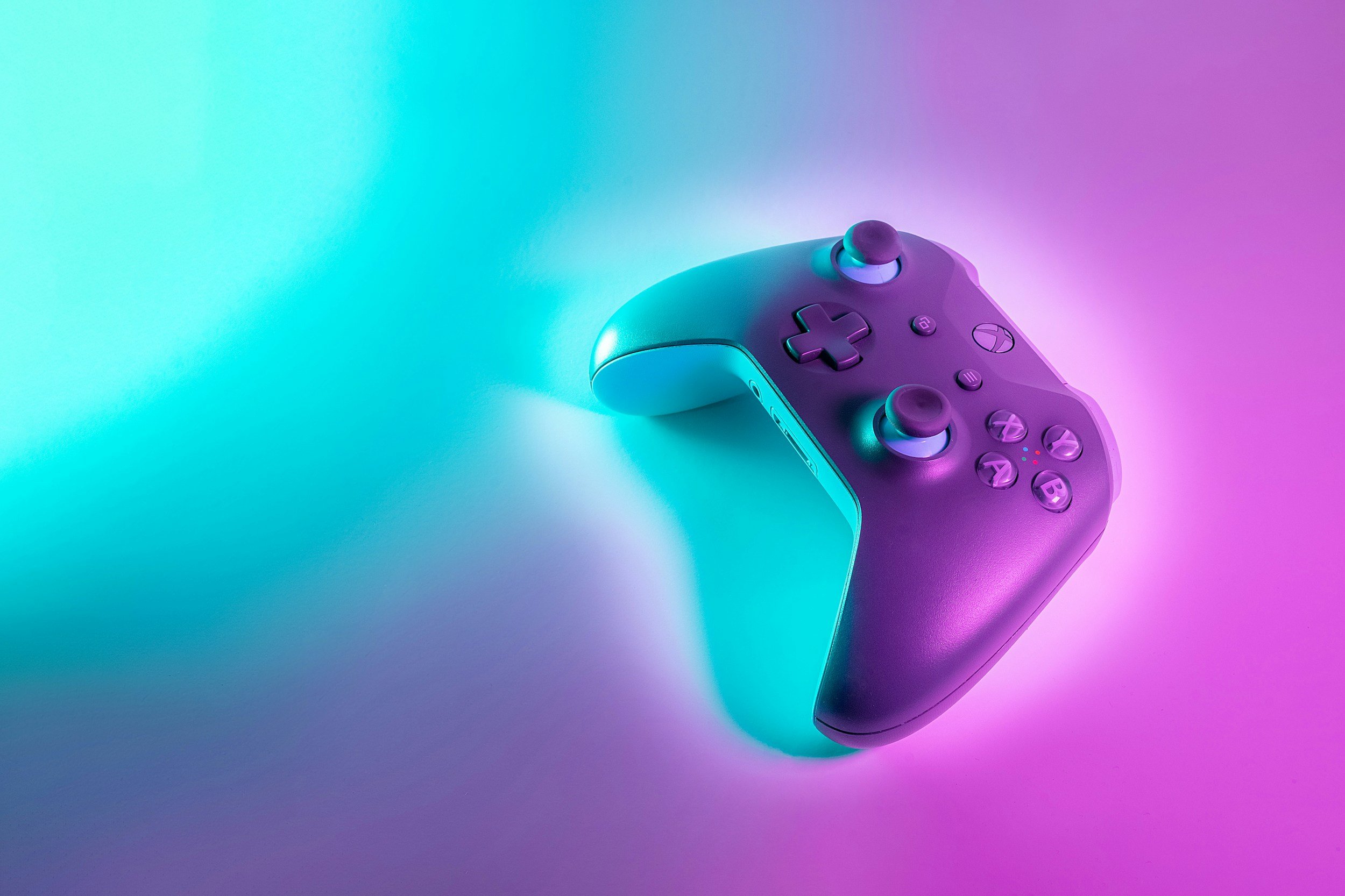Why Pokémon Still Has No Voice Acting: A Considered Look at Twenty Years of Silence
For more than two decades, fans have wondered why the world’s most successful RPG series still avoids voice acting. Although frustration is common, the mainline Pokémon games appear to follow a deliberate design philosophy shaped by portable play, silent protagonists, and flexible storytelling. This piece explores one interpretation of why silence remains central to the experience.
Fans often express frustration that the mainline Pokémon games still do not include voice acting. For a series that spans more than twenty years and generates enormous revenue, the absence feels surprising. Many players see it as a missing feature rather than an intentional creative decision. This piece explores one possible interpretation of the reasoning behind the choice. It looks at how the games are played, how they are structured, and how the series has developed a narrative identity that does not rely on spoken dialogue. Although this is not an official explanation, the patterns across the franchise suggest a coherent design philosophy that helps explain why silence remains a defining part of the experience.
The Roots of Sound Optional Play
Pokémon began on devices that encouraged quiet play. The original Game Boy and its successors were primarily used in bedrooms, cars, schoolyards, and similar environments where loud audio was inconvenient. The speakers were small and often muted. As a result, millions of players formed habits built around reading text and relying on visual cues rather than audio. Mainline Pokémon titles have kept this approach. They allow the player to understand everything without turning the volume on.
This approach aligns with how many people continue to use handheld systems. The Nintendo Switch supports television play, but a large portion of gameplay happens in handheld mode. People use the system on trains, at airports, in waiting rooms, or in shared homes where sound would be distracting. The mainline Pokémon games function smoothly in these settings because they do not depend on spoken dialogue. Every important moment appears visually or through text, and the pacing lets players stop at any time. These habits and expectations have shaped how the series is designed.
The Silent Rhythm of Pokémon
Over time, reading in Pokémon has become part of the series identity. Players expect to tap through exchanges at their own pace. The dialogue windows appear, the player reads or skims them, and the story moves forward with a rhythm that feels familiar. Spoken lines would slow this flow. Even if a skip button were available, the presence of voice acting would change how players interact with the text. Spoken dialogue creates a different kind of engagement. It asks the player to listen and absorb rather than control the tempo.
Mainline Pokémon games also assume that players are in motion. They may have only a few minutes before the bus arrives or the next class begins. Conversations are short and the story never locks the player into long, cinematic sequences. If voice acting were used heavily, these short windows would constantly interrupt dialogue. That interruption would weaken the effect of the voice work and disrupt the fluid pace that defines the series.
The Role of Pokémon Cries and Music
Although the games do not use voice acting, they use sound in deliberate ways. Pokémon cries, for example, are a form of language inside the world. For many years, these cries were synthesized sounds rather than spoken names. This choice shaped how players imagined the creatures. Instead of hearing Pikachu say its name as in the anime, players heard a stylized electronic burst. The effect was suggestive rather than literal. The relationship between player and Pokémon became more personal because the sound was open to interpretation.
Music plays a similar role. The soundtrack sets mood and identity without requiring literal speech. Town themes, battle music, and location motifs create a sense of atmosphere. These audio elements do not compete with spoken dialogue for attention. They fill in the emotional tone while leaving narrative delivery to the player’s reading speed. This balance would shift dramatically if voice acting were introduced, because the space currently occupied by music and effects would have to make room for spoken lines.
The Silent Protagonist Model
Another long-established part of Pokémon is the silent protagonist. The player character exists as a vessel. Their thoughts, personality, and reactions are supplied by the player rather than the script. This design supports accessibility. Children, teens, and adults can project themselves into the story without worrying about the character sounding too old, too young, or too specific. A voiced protagonist would reshape that identity.
Voicing only the supporting characters would create imbalance. Characters would speak at a protagonist who never replies aloud. Some games use this model, but it can highlight the absence of a protagonist voice in ways that feel awkward. Voicing everyone, including the player character, would require rewriting the narrative style and possibly altering how players connect with the lead role. The silent protagonist model has served Pokémon well, and the absence of voice acting helps maintain it.
Why the Anime and Spin Offs Do Not Set a Precedent
A common counter argument is that the Pokémon anime has been fully voiced for decades. If Ash, Misty, Brock, and hundreds of Pokémon can be voiced on television, why can the RPGs not do the same? The answer may lie in the different narrative structure of the mediums.
The anime presents defined characters. They have personalities, comedic timing, emotional arcs, and consistent voices across episodes. The viewer is meant to observe rather than project themselves into the role of the protagonist. Spin off games such as Detective Pikachu or Pokkén Tournament follow this same logic. They are structured around defined characters, scripted scenes, and cinematic presentation. Their pacing is linear, and their storytelling is designed for focused attention. Because they are built for this type of engagement, voice acting fits naturally.
Mainline games operate differently. They prioritize exploration, collection, and quick player driven progression. Scenes are short, text is skimmable, and the protagonist is intentionally undefined. The anime and spin offs succeed with voice acting because they serve different goals, not because voice acting is universally suitable across all Pokémon media.
Flexibility During Development
Voice acting also introduces production constraints. Once dialogue is recorded, it becomes difficult to revise. Pokémon titles release globally in multiple languages at the same time. This requires constant coordination and flexibility. Text can be altered late in development if pacing needs adjustment or if localization teams suggest improvements. Recorded lines cannot be altered without rebooking actors and reworking animation timing. For a series that releases on a regular cycle, this rigidity adds pressure. Even though the budget exists, the workflow may not be well suited to heavy voice integration.
Counter Arguments and Why They Do Not Fully Resolve the Issue
Many players argue that voice acting has become standard in RPGs and that Pokémon should follow that trend. Others suggest that partial voice acting would be enough. For example, important cutscenes could be voiced while regular dialogue remains text based. These suggestions have merit, and it is possible that future titles may experiment with them. However, partial implementation creates tonal inconsistency. If major scenes are voiced and minor scenes remain silent, the world begins to feel uneven. Some characters would have defined voices and others would not. This undermines the uniformity that helps text based dialogue feel natural.
Another common counter argument is that accessibility features support the inclusion of voice acting. Spoken dialogue can help players who struggle with reading. This is a real concern, but Pokémon titles already offer slow text options, clear fonts, and consistent interfaces. Introducing voice acting as an accessibility solution would still require a full shift in narrative structure.
Finally, some players argue that silence is simply outdated. They want the world to feel more alive and believe voice acting is the natural next step. This desire is understandable, but it assumes that cinematic presentation is the goal. The mainline Pokémon RPGs have never prioritized cinematic storytelling. They focus on player choice, exploration, and a sense of movement that does not easily mesh with long voiced scenes. Until that design philosophy changes, voice acting remains a poor fit.
Simply Put
The lack of voice acting in mainline Pokémon games is easy to view as a flaw. It can feel disappointing, especially when so many modern games use spoken dialogue to create emotional depth. But when viewed in the context of handheld history, player expectations, silent protagonist design, and development structure, the choice appears more deliberate than outdated. Pokémon uses silence to support flexibility, accessibility, and a specific rhythm of play that millions of fans instinctively understand.
This analysis is only an interpretation, but it offers one way to understand the design choices that have guided the series for more than twenty years. The silence is not simply an absence. It is a feature that supports the identity of the games. Whether that identity will shift in the future remains an open question, but for now, the quiet remains part of the charm that keeps Pokémon distinct within the modern RPG landscape.










Explore the fascinating world of point-and-click adventure games in our in-depth article. Discover whether their quirky puzzles are pure moon logic or a testament to divergent thinking. Uncover the genre's history, evolution, and the balance between creativity and frustration that defines these beloved games.